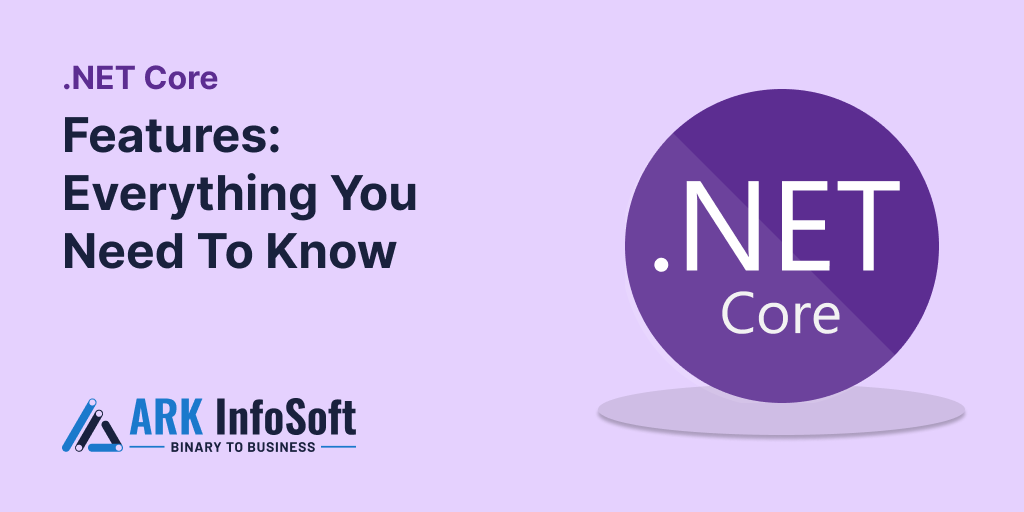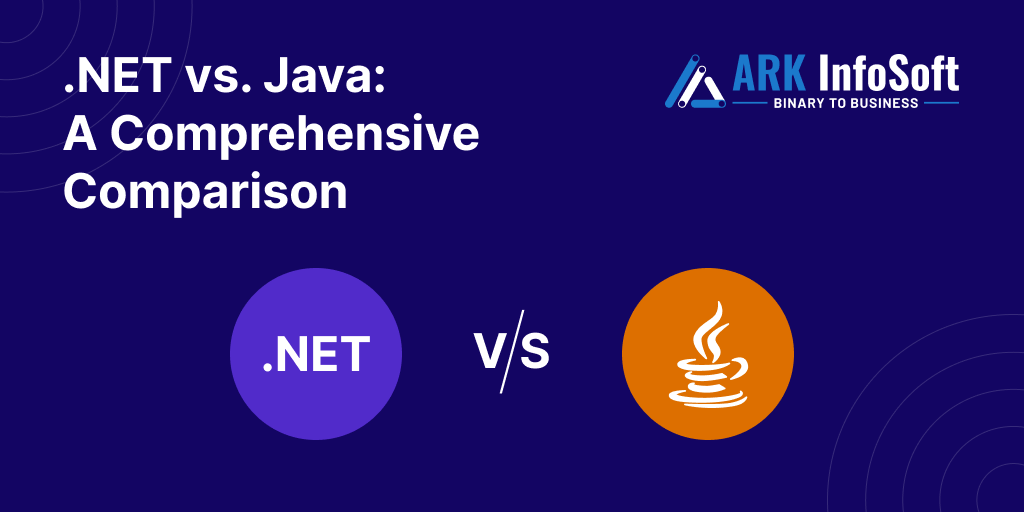Build Modern Web Applications with ASP.NET MVC
ASP.NET MVC, created by Scott Guthrie and his colleague Mark Anders at Microsoft in 2007, stands as an open-source framework for web development. Introducing a Model-View-Controller (MVC) architecture, it serves as an alternative to the ASP.NET Web Forms pattern for web application construction. Noteworthy for its superior performance compared to Web Forms, ASP.NET MVC empowers developers to build web applications and websites using HTML, CSS, JavaScript, jQuery, and other technologies. Because it performs really well compared to Web Forms, ASP.NET MVC helps developers create websites and web applications using HTML, CSS, JavaScript, jQuery, and other cool technologies.
The ASP.NET MVC is a light in weight and testable presentation framework.It is integrated with various existing ASP.NET features like master pages, membership-based authentication, etc.
The architectural pattern of MVC splits an application into three core logical components, namely model, view and controller.
The Model Implements business logic and rules
The view is the display layer.
The Controller Processes user requests and updates the Model.

What is ASP .NET MVC?
- Model
It is the most important level, as the model represents the data to the user. This level defines the storage location of the application’s data objects. The model component is interlinked with the controller and view components. The model component need not be a single object, and it may come as a structure of objects.
- View
The view component displays the model data to the user. It helps in creating an interface that shows the final output to the user. The view component displays the output to the users upon receiving the instructions-information from the controller/model. In addition, it collects requests from the userend and informs the controller.
The model component and view components are connected to each other. The view component gets the data necessary for the presentation from the model with the help of certain questions. These questions are answered and sent back to the view component with easy terminology so that they can understand the answers sent by the model/controller easily.
- Controller
The controller is the interface between the model and view components. It acts as the central unit of the MVC architecture. It manages and responds to the input and interaction from a user. The controller renders the suitable view to the client, executes the relevant action method, obtains data from the model and fills the view, gets data from the view and updates the model.
MVC FEATURES :
Highly Customizable
The components of the ASP.NET MVC framework are designed to be extremely customizable. So developers can easily replace or customize them. It allows them to plug in their own action-method parameter serialization, view engine, URL routing policy and other components.
Understandable And Searchable URLs
The ASP.NET MVC framework is equipped with a robust URL-mapping component which allows developers to build applications that contain comprehensible and searchable URLs. These URLs are friendly to both humans and search engines.
Suitable For Lightweight Applications
The ASP.NET MVC framework does not utilize the View State concept that exists in ASP.NET. This helps developers in building lightweight applications and lets them have full control. MVC is ideal for developing complex yet lightweight applications.
Better Management Of Project Complexity
As the ASP.NET MVC application has a component-based design which is logically divided into Model, View and Controller components, so developers are able to work on individual components and lessen the complexity in large-scale projects. This makes the MVC framework suitable for building large scale applications in projects with multiple teams.
Increased Usability
For using the ASP.NET MVC framework, developers need not have a lot of technical knowledge. But they need to learn how it works. In comparison to many other website forms, the framework is much better to use. Also, it can be used with more ease.
Enables Adding of API Services
MVC helps developers add API web services. In order to add these services to their web-based applications, developers require to learn the work of these services.







Leave A Comment